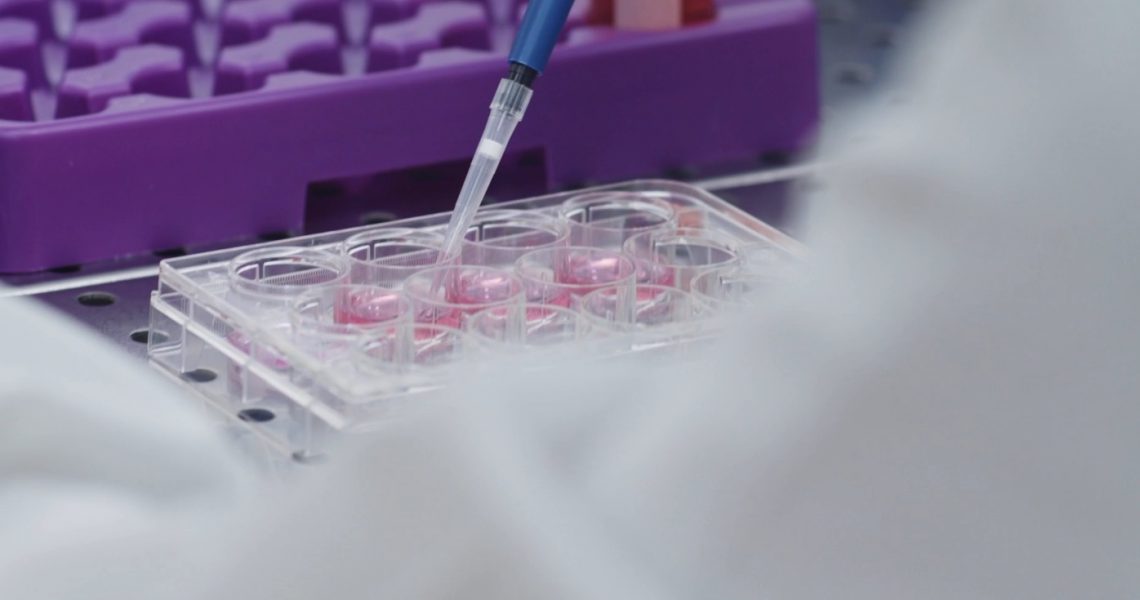
ARTICLEPRP and Mesenchymal Stem Cells
Platelet rich plasma (PRP)
Representing the first discovery of regenerative medicine, both in chronological terms and in terms of use cases, PRP treatments have several variations in timing and frequency of administration.
The rationale of this technique is based on the physiological action of platelets, which, as we all know, are the first to intervene following a trauma or injury in order to start the healing processes.
What you can do at RE.GA.IN.
Starting from a simple blood sample from the patient, the PRP is obtained by centrifugation aimed at concentrating the platelets containing numerous growth factors. Growth factors act at the level of the lesion site by interacting with the cells residing in the damaged tissue, promoting the modulation of inflammation and the restoration of the normal physiological state.
Mesenchymal Stem Cells (MSC)
Mesenchymal Stem Cells (MSCs) have the ability to contribute to tissue healing through the production of a wide range of growth factors and molecules, adapting to the specific conditions of the patient’s pathology. MSCs are able to “feel” the environment in which they are used and react accordingly by releasing the molecules necessary to counteract the pathological microenvironment. In inflammatory situations, including chronic ones, they promote the restoration of the normal physiology of the treated tissue.
How the treatment is carried out at RE.GA.IN.
The tissues normally used to obtain MSCs are bone marrow, through suction from the iliac crest (pelvic bones) and adipose tissue, through a small liposuction (normally from the abdomen). An important finding is that since it is always an autologous use, no significant adverse effects have ever been found in any of the described techniques. Furthermore, they do not prevent the possibility of performing any type of subsequent treatment.